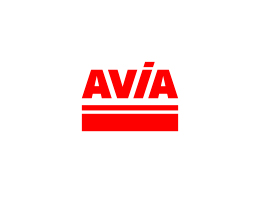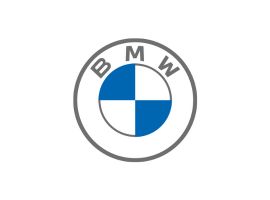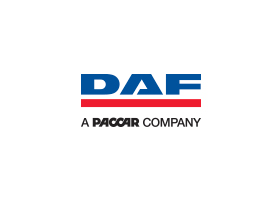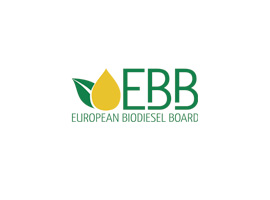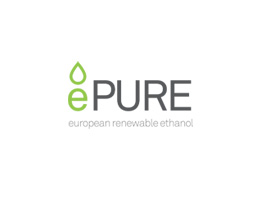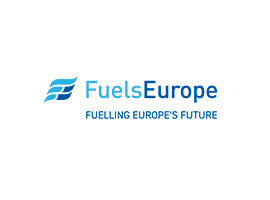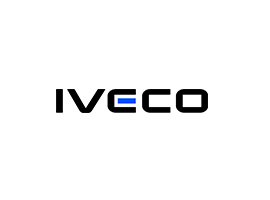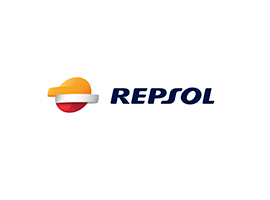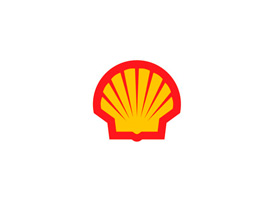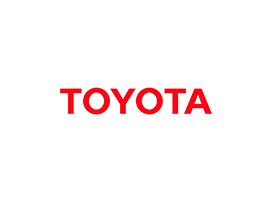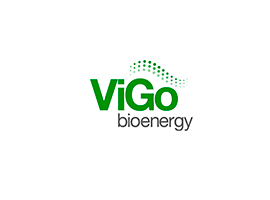Participating Countries
EVENTs SCHEDULED THROUGH EUROPE
VEHICLES ON THE TOUR
PARTNERS SUPPORT THE PROJECT
The Tour d’Europe is an initiative of the European automotive value chain that will showcase the decarbonisation potential provided by renewable fuels, raise awareness about their availability in Europe, and underline their role in reaching the EU’s objective of climate neutrality by 2050.
As part of EU’s Green Deal, Europe has set itself the important goal to become climate neutral by 2050. GHG emissions from road transport are addressed through the revision of EU’s fleet targets, resulting in a de-facto ban on the Internal Combustion Engine (ICE) for cars in 2035 and introducing a -90% target for ICE trucks.
European citizens and businesses support the EU’s climate neutrality ambition. However, we can observe that questions remain on the means to achieve climate neutrality in road transport and what this means for the future of the EU automotive and supplier industry, its industrial leadership and the associated 13.8 million jobs.
Importantly, there are additional solutions that can be used beyond just electrification and fuel-cell vehicles. Renewable fuels (liquid and gaseous) are already helping accelerate transport decarbonisation today – and could do more if EU policies took a more technology-open approach.
Currently, technologies are being assessed for how the use of renewable fuels can be certified in the future on a well-to-wheels basis, thereby serving as a sustainable solution even beyond 2035.
Although these renewable fuels are already available on the market, awareness of their benefits across Europe is low. The Tour d’Europe – whose partners include vehicle manufacturers, fuel and component suppliers and industry associations – aims to address this situation and help inform the public, policymakers and media.
During the Tour d’Europe, ICE light-duty and heavy-duty vehicles will travel throughout Europe between end-February and early May 2025, with a number of stops in selected cities. Local events hosted by policymakers (European, national or local) will be organised in strategic places to promote the role of renewable fuels and engage with relevant media.
These events will gather local and EU stakeholders, and media, to demonstrate to citizens in the constituency of the hosting policymaker, but also to the broader population in the Member State, that there are alternative technologies that can already contribute to the reduction of the CO2 intensity of transport. This is of particular importance in regions where the automotive industry is at the heart of the economy, playing a key role for employment.
Together, partners will share information about what renewable fuels are, feedstock options, production processes, carbon content and cycle, as well as ease of use to elaborate on renewable fuels as a GHG emission reduction option. We will furthermore demonstrate the potential provided by a tool (e.g. by dft – digital fuel twin), proving that the use of renewable fuels can be monitored, verified, measured and certified.
Support for this project will help safeguard the freedom of mobility for passenger cars and the potential of renewable fuels for light-duty and heavy-duty vehicles, secure competitiveness of EU industries, win the support of the population and increase visibility at local level.
The Tour will conclude by the end of June with the presentation of a report detailing the project’s findings at a final event in Brussels.
Renewable fuels mean all fuels defined by the Renewable Energy Directive (EU) 2018/2001, provided that they meet the sustainability criteria of that Directive (and associated delegated acts). For these fuels, the same amount of CO2 captured from biomass, ambient air, or recycled carbon sources during fuel production is equal to the CO2 emitted during combustion in the use phase.
Those fuels include biofuel, biogas, renewable liquid and gaseous transport fuel of non-biological origin (RFNBO) or a recycled carbon fuel (RCF).
Renewable fuels are produced from certified sustainable feedstocks such as waste, residues and biomass, or non-biological renewable energy sources, and captured CO2.
From a life-cycle perspective, which covers emissions from raw materials production to end use, they emit no or very limited additional CO2e (carbon dioxide equivalent).
Fuels must meet the Renewable Energy Directive (RED) criteria to be labelled sustainable.
Yes, most renewable fuels are compatible with the vast majority of existing car engine technologies.
Moreover, some of them are already blended in conventional fuels marketed in the EU and contributing to reducing emissions.
Renewable fuels can also be used unblended. Some of these fuels (e.g. HVO) are called “drop in” fuels and can directly replace conventional fuels without any adaptation.
In the case of E85 and B100, for petrol and diesel engines respectively, an engine adaptation is required. For E85 in flexfuel cars, no such adaptation is needed.
Yes, renewable fuels are already widely available on the market.
Renewable fuels are already in use for many years, blended with the corresponding fossil fuels, and contribute to meeting the European targets for renewable energy in transportation.
Moreover, for diesel engine cars and trucks, unblended renewable fuels (e.g. HVO100, B100) are already available for consumers in more than 6,000 pumps across Europe.
For petrol engine cars and flexfuel cars, Ethanol-E85 fuel is already available in more than 5,500 pumps across Europe. Before 2035, the 15% fossil component in E85 will be replaced by renewable gasoline, such as bionaphtha, to make it fully renewable (as it is already the case in California).
Renewable fuels and electrification are complementary solutions.
There is no single answer for cutting transport emissions. Only a mix of solutions will get us to our ambitious goals.
Existing vehicles can immediately benefit from renewable fuels. The fleet turnover from ICE to electrified powertrains will take some time. Using renewable fuels can cut emissions from conventional fuel use during that transition period and beyond.
A variety of factors, including market, taxation and raw materials have an influence on the price of renewable fuels, but prices will reduce over time as production is scaling up, value chains grow, and technology advances.
At the moment, renewable fuels are taxed like fossil fuels in most EU countries despite their low life-cycle emissions. Adjusting fuel taxes to reflect their CO2 intensity, similar to renewable electricity in transport, would make them more competitive.
Compared to other low-carbon solutions, renewable fuels are among the most cost-effective and competitive, due to their compatibility with the current network and vehicle fleets.
In some countries, e.g. as a result of favourable tax schemes, biofuels can vary to be cheaper or sold at comparable price levels as conventional fuels.
In addition to reducing overall CO2 emissions, third-party data show that, for HVO100, B100 and E85, in vehicles predating EURO 6 (read more here and here), their impact on reducing nitrogen oxides (NOx) and particulate matter (PM) emissions can be positive compared to conventional fuels.
Regarding E85, PM emissions are reduced by up to 90% compared to gasoline, thanks to the very low content of aromatics and NOx emissions by 30%, thanks to a lower temperature of combustion of ethanol.
The latest EURO 6d and EURO 7 vehicles equipped with the latest emissions control technologies have significantly reduced emissions. In particular, recent Concawe studies have shown that the latest Euro 6d vehicles could effectively improve compliance with air quality standards (read more here and here).
Recent tests under real driving conditions have shown that EURO 6d vehicles are fully compliant with EU emission level limits (e.g. for PM & NOx), whereas existing emission-control technologies will enable the offset of the remaining emissions.
Drop-in renewable fuels, like renewable gasoline and biomethane (bioCNG and bioLNG), meet the corresponding fuel standards (EN228 for renewable gasoline and EN 16723-1 and EN16732-2 for biomethane), which will allow the vehicle to be compliant with latest emission regulations (EURO 6e and EURO 7).
